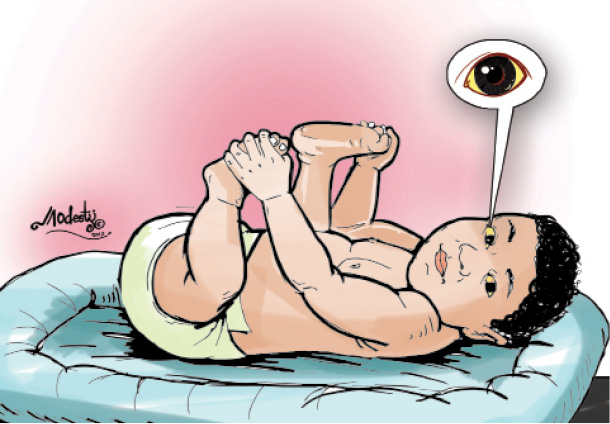Provide some information about yellow fever
A state in Nigeria at the moment is undergoing immunization against Yellow Fever after recording some deaths. Kindly use your column this week to share information about Yellow Fever. Angela K. Thanks Angela for your request. Yellow fever, according to the World Health Organisation is an acute viral haemorrhagic disease transmitted by infected mosquito. […]

A state in Nigeria at the moment is undergoing immunization against Yellow Fever after recording some deaths. Kindly use your column this week to share information about Yellow Fever.
Angela K.
Thanks Angela for your request. Yellow fever, according to the World Health Organisation is an acute viral haemorrhagic disease transmitted by infected mosquito. The “yellow” in the name refers to the jaundice that affects some patients.
Signs and symptoms of yellow fever?
Once contracted, the yellow fever virus incubates in the body for 3 to 6 days. Many people do not experience symptoms, but when these do occur, the most common are:
• Fever, muscle pain with prominent backache
• Headache with loss of appetite
• Nausea or vomiting.
A small percentage of patients, however, enter a second, more toxic phase within 24 hours of recovering from initial symptoms with;
• High fever returns and several body systems are affected, usually the liver and the kidneys.
• In this phase people are likely to develop jaundice (yellowing of the skin and eyes, hence the name ‘yellow fever’), dark urine and abdominal pain with vomiting.
• Bleeding can occur from the mouth, nose, eyes or stomach.
• Half of the patients who enter the toxic phase die within 7 – 10 days.
How to diagnose yellow fever?
• Yellow fever is difficult to diagnose, especially during the early stages. A more severe case can be confused with severe malaria, leptospirosis, viral hepatitis (especially fulminant forms), other haemorrhagic fevers, infection with other flaviviruses (such as dengue haemorrhagic fever), and poisoning.
Polymerase chain reaction (PCR) testing in blood and urine can sometimes detect the virus in early stages of the disease.
How it is transmitted?
The yellow fever virus is an arbovirus of the flavivirus genus and is transmitted by mosquitoes, belonging to the Aedes and Haemogogus species. The different mosquito species live in different habitats – some breed around houses (domestic), others in the jungle (wild), and some in both habitats (semi-domestic).
What are the treatment options?
Good and early supportive treatment in hospitals improves survival rates. There is currently no specific anti-viral drug for yellow fever but specific care to treat dehydration, liver and kidney failure, and fever improves outcomes. Associated bacterial infections can be treated with antibiotics.
What are the preventive measures?
1. Vaccination is the most important means of preventing yellow fever
The yellow fever vaccine is safe, affordable and a single dose provides life-long protection against yellow fever disease. A booster dose of yellow fever vaccine is not needed. In high-risk areas where vaccination coverage is low, prompt recognition and control of outbreaks using mass immunization is critical. It is important to vaccinate most (80% or more) of the population at risk to prevent transmission in a region with a yellow fever outbreak.
People who are usually excluded from vaccination include:
• Infants aged less than 9 months;
• Pregnant women – except during a yellow fever outbreak when the risk of infection is high;
• People with severe allergies to egg protein.
• People with severe immunodeficiency due to symptomatic HIV/AIDS or other causes, or who have a thymus disorder.
1. Vector control: the risk of yellow fever transmission in urban areas can be reduced by eliminating potential mosquito breeding sites, including by applying larvicides to water storage containers and other places where standing water collects. Both vector surveillance and control are components of the prevention and control of vector-borne diseases, especially for transmission control in epidemic situations. Personal preventive measures such as clothing minimizing skin exposure and repellents are recommended to avoid mosquito bites.
2. Epidemic preparedness and response: prompt detection of yellow fever and rapid response through emergency vaccination campaigns are essential for controlling outbreaks.
